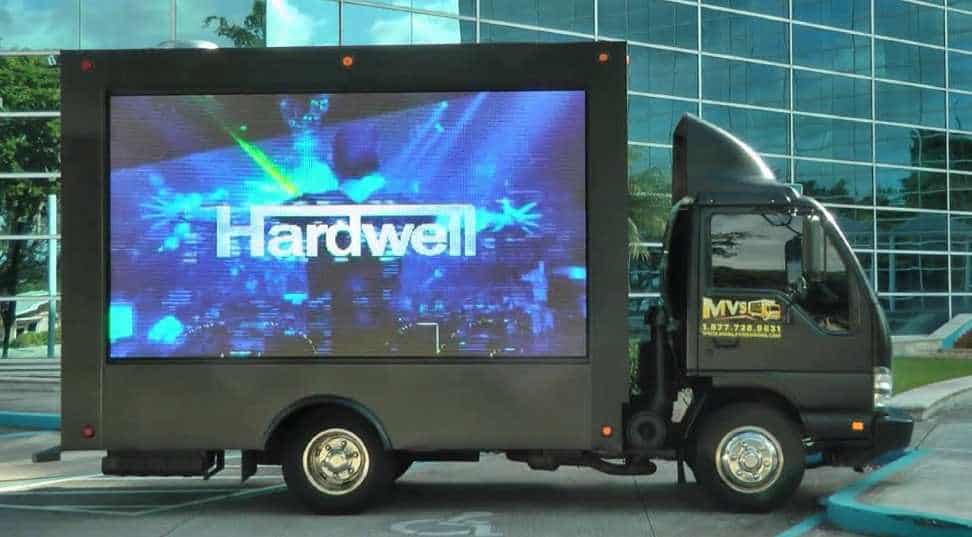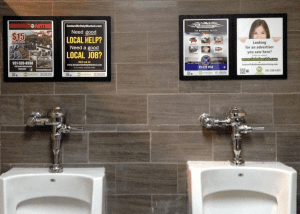Advertising Trucks Promise Reach—But to Whom, Exactly?
At first glance, advertising trucks seem like a bold strategy: large visuals on wheels rolling through cities and suburbs, capturing attention wherever they go. But here’s the problem—you don’t control who sees them. And in an era where precision matters more than scale, this is a fatal flaw.
As marketing professionals double down on ROI, ads in trucks offer only the illusion of targeting. Unlike in-hand media, which delivers ZIP-level precision, advertising in trucks leaves far too much to chance.
Trucks Ads Are Rolling Billboards—Not Strategic Targeting Tools
It’s easy to assume that trucks ads bring broad visibility. But visibility isn’t value without relevance.
Here’s why advertising in trucks fails to meet today’s targeting standards:
Random exposure: You can’t guarantee where the truck will be when your audience is present.
No demographic filters: Ads are seen by anyone and everyone—mostly not your ideal customer.
No geographic nuance: Routes often cover wide regions, including many irrelevant zones.
In contrast, in-hand ads like branded pharmacy bags or coffee sleeves can be delivered only in ZIP codes with a high concentration of your target demo—whether that’s seniors, parents, or urban millennials.
ZIP-Based In-Hand Media = Precision Built Into the Channel
Imagine being able to place a branded message directly in the hands of your target customer within their own neighborhood—while they’re making a health-related purchase or relaxing in a café. That’s what in-hand media does.
Here’s how ZIP targeting works better than advertising trucks:
Feature |
Advertising Trucks |
In-Hand Advertising (Adzze) |
Targeting Control |
None |
ZIP-specific targeting |
Audience Matching |
Passive and random |
Active and contextual |
Environment |
Distracted public space |
Focused, point-of-need setting |
Tracking & Attribution |
Impossible |
Trackable via QR |
Engagement Time |
2–3 seconds |
2–10 minutes |
While a trucks ad might roll past a thousand people, how many of them actually notice it—and are a good fit for your product? With in-hand advertising, every exposure counts.
The Hidden Cost of Broad-Stroke Truck Campaigns
Marketers often justify trucks advertising using inflated reach stats. But the real question is: Are those impressions converting?
Let’s break down the hidden inefficiencies of ads in trucks:
Wasted spend: Your message shows up in neighborhoods that don’t align with your buyer profile.
Zero retargeting: With no digital capture, there’s no second chance to engage.
Disruption without depth: Trucks may be eye-catching, but that’s not the same as being memorable—or actionable.
You may be “seen,” but without strategic proximity, there’s little brand connection.
Case Study—Insurance Brand Finds Value in ZIP-Specific Pharmacy Bags
One health insurance provider targeting families with children tested two channels:
Campaign A: Advertising trucks across metro highways
Campaign B: Pharmacy bag ads delivered in ZIP codes with high pediatric prescription volume
Results:
Truck ads delivered ~1M estimated impressions, with no traceable engagement.
Pharmacy bags in ZIP-targeted pharmacies generated a 9% scan rate and 4% lead capture rate via custom QR.
This isn’t just anecdotal. It proves that knowing who’s holding your message beats guessing who drove past it.
Trucks Ads Can’t Deliver Behavioral Context
Think about when your audience sees your ad. With trucks ads, it might be during:
Morning traffic frustration
Parking lot chaos
Mid-errand stress
Not exactly ideal moments for thoughtful brand engagement.
Now consider in-hand media:
A pharmacy bag when someone is focused on health
A coffee sleeve when someone is relaxed
A pizza box when a family sits down for dinner
These are emotionally receptive states, perfect for brand messaging—something advertising in trucks can’t engineer.
Trucks Advertising Is a One-Way Street—In-Hand Ads Open Loops
Another key distinction is interactivity.
A trucks ad is static and gone in seconds. But with in-hand advertising, every piece is designed to:
Invite interaction via QR codes
Connect users to mobile landing pages or offers
Enable data capture and retargeting
Create seamless online-to-offline brand journeys
That’s why more marketers are moving away from trucks advertising and investing in physical formats that act like digital campaigns.
Environmental & ESG Considerations
Let’s talk about sustainability—a growing concern for modern brands.
Advertising trucks burn fuel just to drive visibility. There’s no dual purpose.
In-hand formats (like Adzze’s pharmacy bags, coffee sleeves, pizza boxes) already serve a function.






